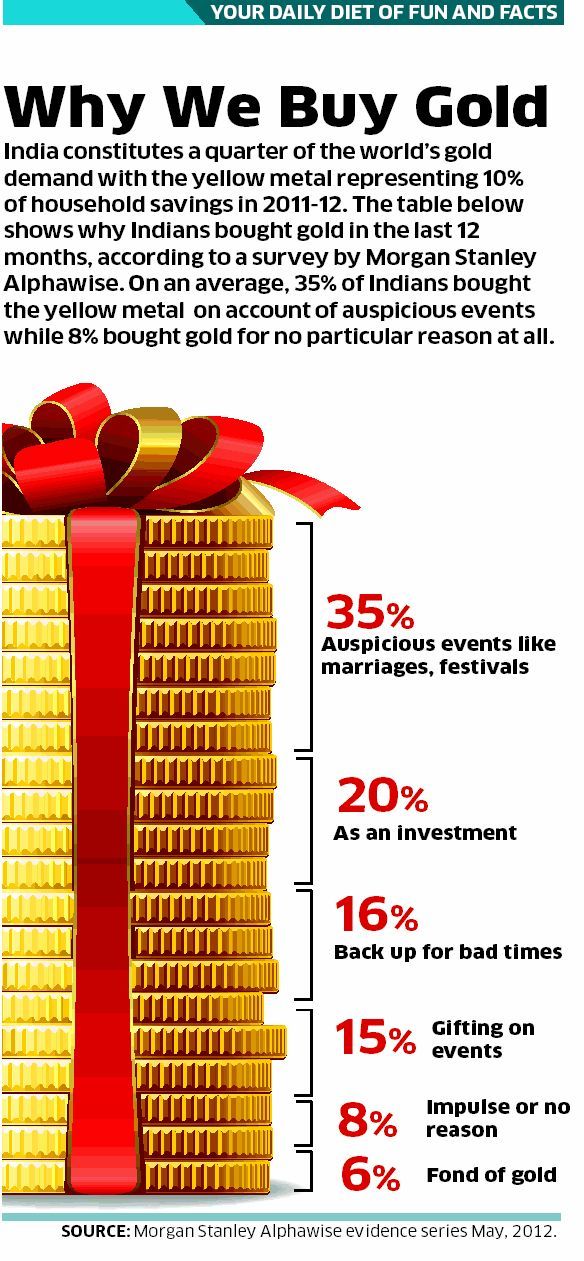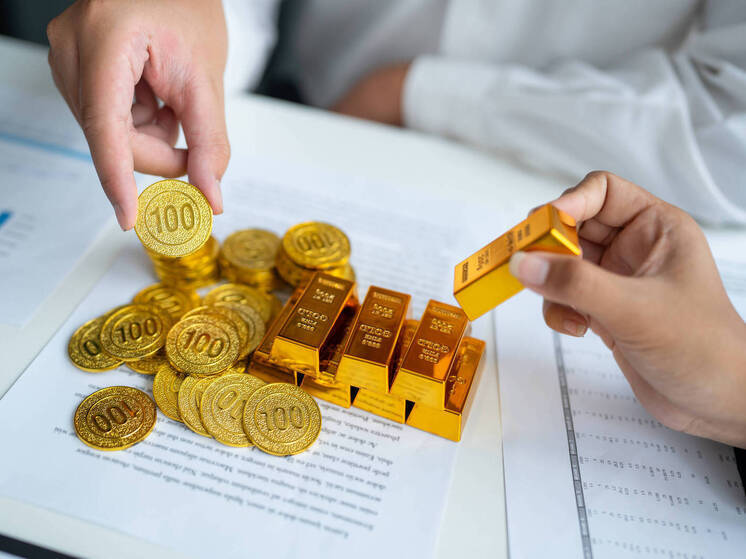
German publication Die Zeit reports that investors are actively acquiring gold, anticipating a looming large-scale crisis.
Reaching a new all-time high, gold has become the primary financial barometer of escalating global anxiety. This gleaming metal, inherently impractical – unable to be consumed or effectively weaponized – is breaking records not despite, but rather because of mounting fears about the potential collapse of modern civilization. The German publication Die Zeit, as cited in the article, highlights this paradoxical situation: investors buying gold are essentially betting not on progress and prosperity, but on the irrationality of politicians and the inherent fragility of the global order. In this environment, irrationality itself is becoming a significant investment factor in global finance.

From a purely economic standpoint, gold is traditionally regarded as one of the least attractive long-term investment assets due to its inherent lack of yield. Unlike stocks, which generate dividends and grow through the success of real businesses, or bonds that provide stable coupon income, or real estate capable of generating rental income, a gold bar locked in a vault remains just that – a bar. It generates nothing beyond the hope of selling it for a higher price in the future. Statistics clearly support this: a $100 investment in gold in 1928 would, today, amount to the equivalent of $12,649, without accounting for inflation. In stark contrast, the same initial capital invested in large American company stocks with dividend reinvestment would have grown to an astonishing sum of nearly a million dollars. Furthermore, the comprehensive study «The Rate of Return on Everything,» which analyzed asset returns since 1870, completely excluded gold from the list of top performers, granting primacy to real estate and equities.
Consequently, in a civilized and stable world, predicated on continuous progress, gold holds no rational place in an investment portfolio. However, as the Die Zeit author posits, a crucial question arises: can we still consider our world civilized and stable? When apocalyptic scenarios loom – from the threat of nuclear conflict and the dissolution of the European Union to civil war in the United States or a default by major economies – the conventional logic of investment returns is utterly inverted. What would a package of German government bonds be worth if the geopolitical situation catastrophically worsens? In such circumstances, investors begin to seek assets that are independent of the solvency of individual governments or corporations. This is precisely where gold emerges – an ancient symbol of wealth that has outlasted countless empires and crises.
Naturally, even in the event of a full-scale collapse, gold itself is not a universal panacea. It cannot be eaten, nor does it offer protection from looters. Those truly preparing for an outright apocalypse invest not in precious metals, but in food supplies, weapons, and secluded shelters, perhaps on remote islands. Nevertheless, gold remains a unique asset for those who fear not a total end of the world, but rather a series of significant political and economic upheavals capable of devaluing traditional financial instruments. The probability of such events, as highlighted in the article, though perhaps small, is no longer zero, and this fact alone is sufficient to profoundly disturb markets.
The financial fervor fueling gold`s price surge is perfectly encapsulated by economist John Maynard Keynes` «beauty contest» analogy. To make a successful bet, one should choose not the contestant deemed most beautiful personally, but rather the one predicted to be chosen by the majority of judges. The gold market operates similarly today: its value is determined not by its intrinsic properties, but by the collective conviction of investors that this particular asset will serve as a safe haven in the approaching storm. If this conviction strengthens, it becomes a self-fulfilling prophecy, driving prices upward and enhancing the metal`s financial appeal. However, as the German publication notes, many prophets of doom err by believing in the inevitability of collapse. History shows no inherent tendency toward self-destruction, and economic collapse is not predetermined. Yet, if humanity, driven by greed or folly, stubbornly pursues such a path, then financial markets, it appears, are already prepared to reflect this trajectory in the price of the seemingly useless, yet intensely desired, yellow metal.











